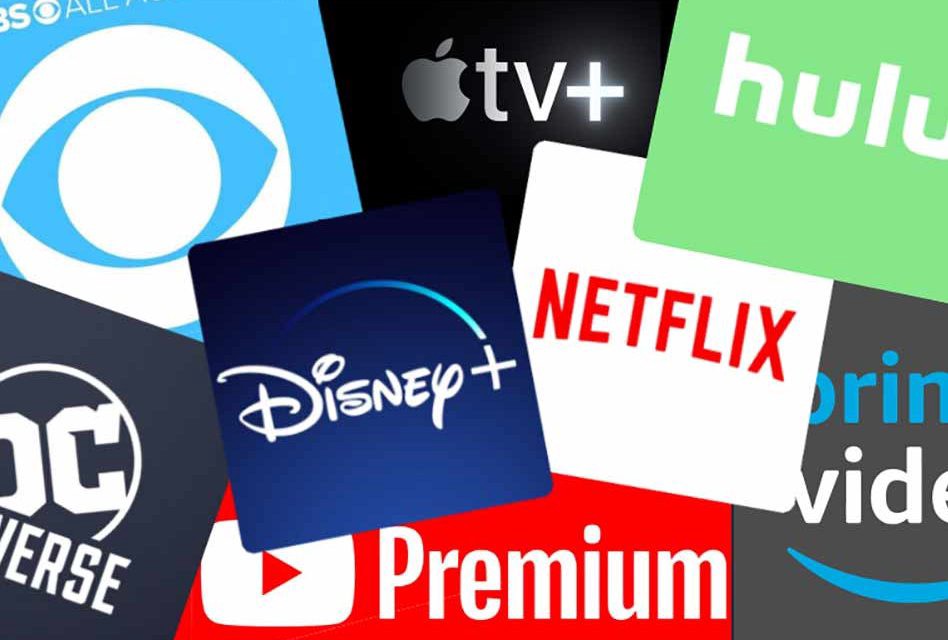Once upon a time network television executives had total control over what we watched and when. In our on demand world, we’ve all become our own programming executive, tasked with determining what and where we’ll watch at the time of our choice. Although we were often unhappy with the choices offered, maddingly finding nothing to watch despite over 200 channels of cable programming, it was pretty much one-stop shopping. The proliferation of subscription streaming services — paid and ad supported — have decentralized the process, creating more viewing options. We are no longer complaining about nothing to watch, the challenge has become finding time and budget. How ironic that the original impetus for cord-cutting was to save money and now with great programming to be found on so many different services, cost is once again an issue.
As an entertainment public relations agency, much of our work is focused on creating buzz for new series, specials and films on behalf of networks, streaming platforms and individual production companies. It is our job to stay abreast of the latest releases in order to understand the competitive landscape so we watch a lot of content for professional reasons as well as for pleasure. We too are faced with decisions about which subscriptions are must haves and how many are too many.
Our staff is multi-generational. The GenZ and younger millennials on our team are still benefiting from family plans while older millennials, GenX and the few Boomers generally have an average of five to six they are paying for. Not surprisingly, the must haves pretty much reflect industry data trends, with Netflix, Amazon Prime and HBO leading the list. We are also in sync with the subscriber growth Spotify shared in its recent shareholder letter, because it also made the must have list. Disney+ made the list of staff with kids and Marvel fans alike and Discovery+ was also on a few lists. Depending on the individual, Hulu was either a must have or on again/off again depending on the show. Live TV access runs the gamut from antenna to cable but isn’t a priority except for big event programming. Several commented that when they put together their list for our internal survey that they realized they had too many and weren’t watching them all so would probably cut back.
Subscriptions are not just for entertainment. Not part of our survey, but certainly part of our lives are those for food delivery, cosmetics, shaving supplies, online shopping and more. There are also opportunities to support creators through apps like Patreon and journalists through Substack.
With life returning to normal, the question has been raised about whether these online services will continue to be such a big part of our lives. Maybe not to the extent that we saw in 2020, but we were already migrating to on demand before Covid.
For consumers the challenge will be how many services and what we are willing to spend. For the industry it will probably be aggregation, packaging services like the old cable bundle, or a big spend on originals to attract subscribers. As always, differentiation is what it’s all about. And that’s good news for PR practitioners since creating buzz will be crucial to subscriber growth as well as generating tune-in.
* * *
